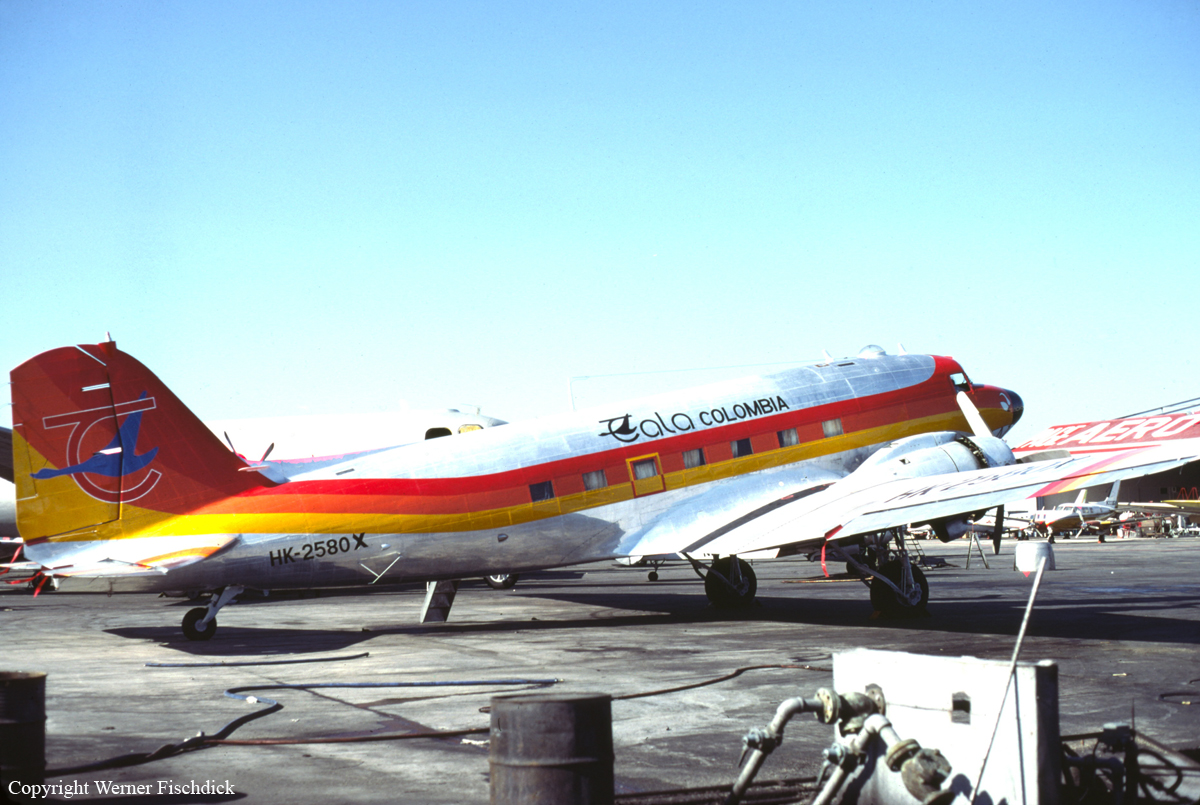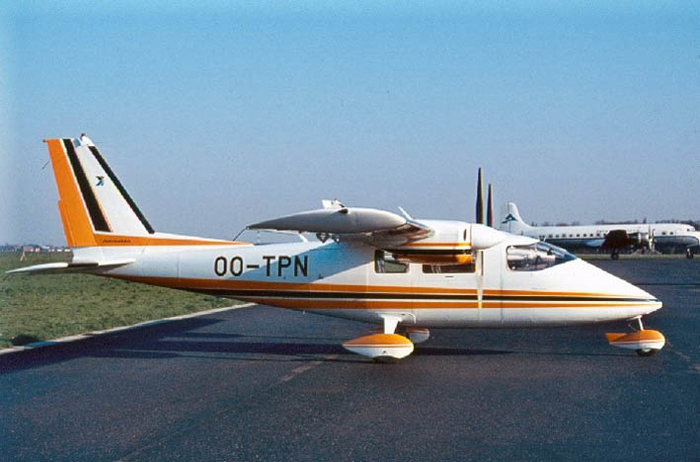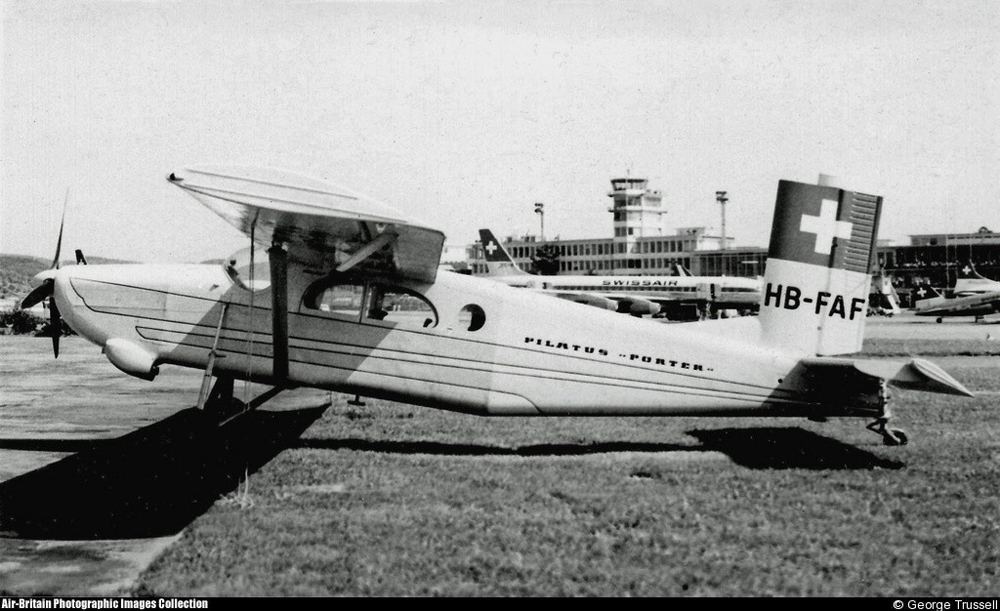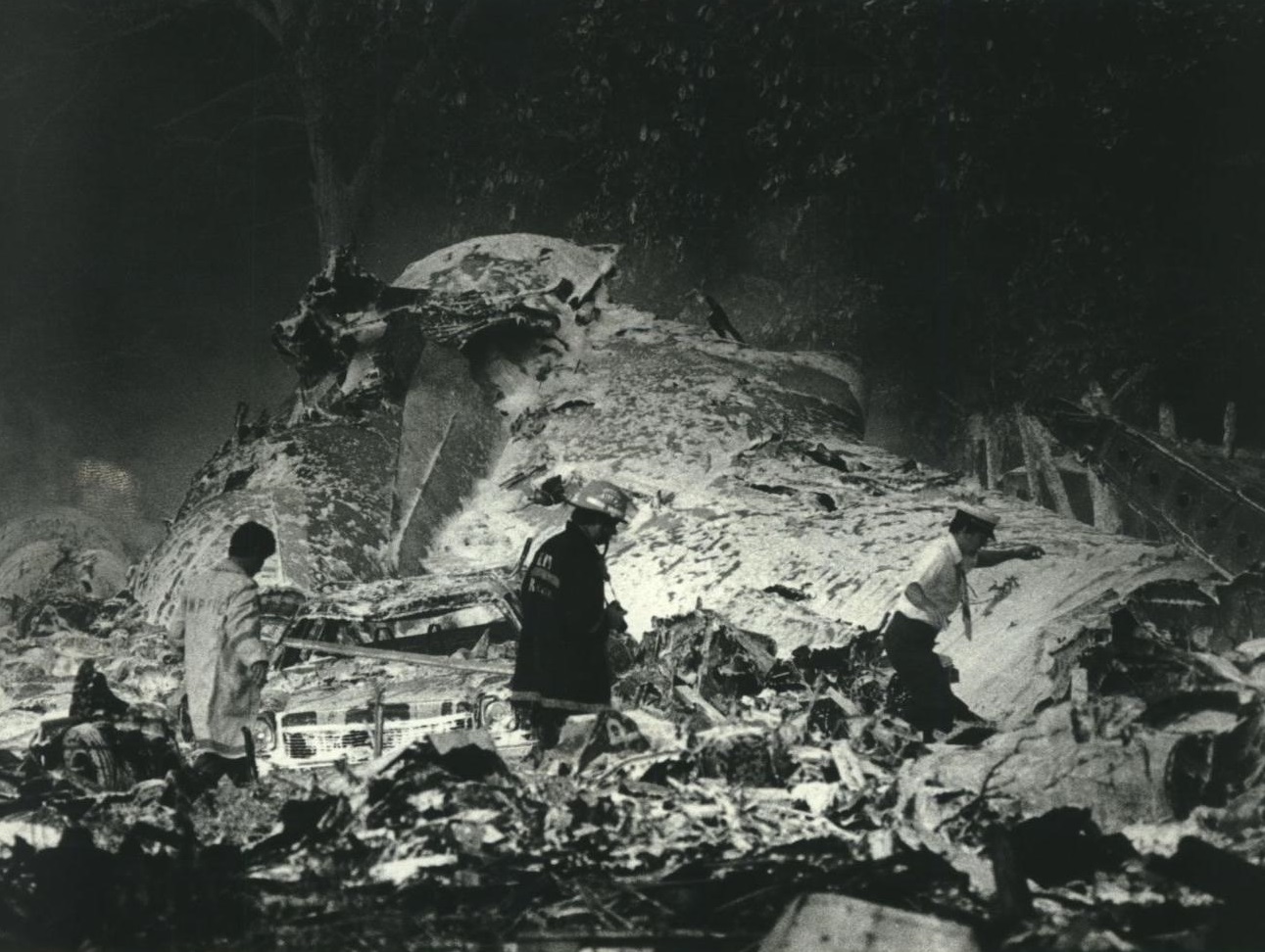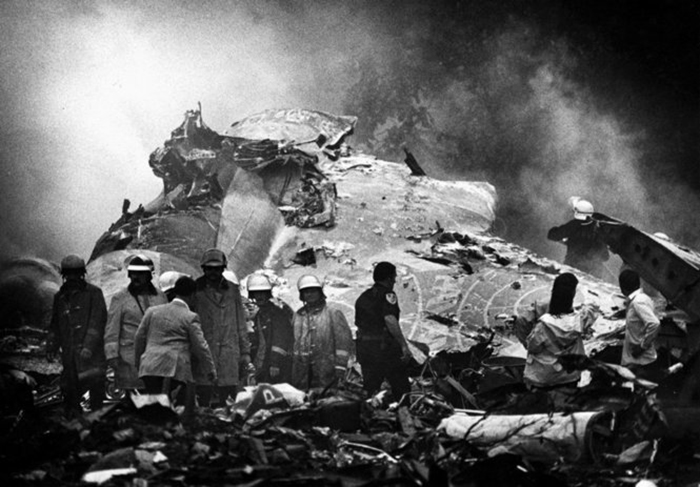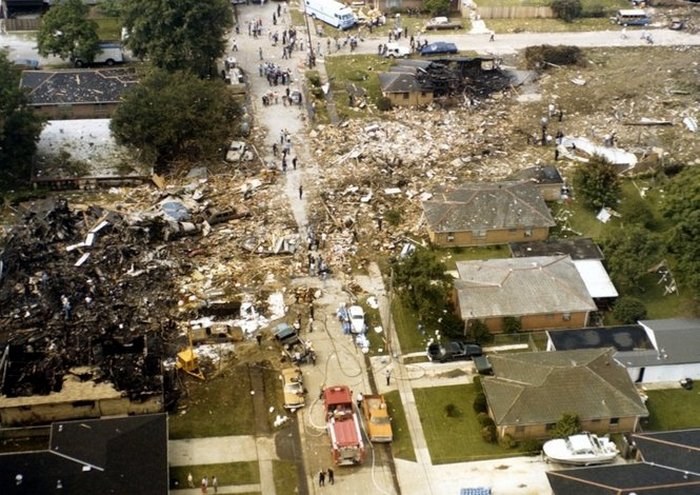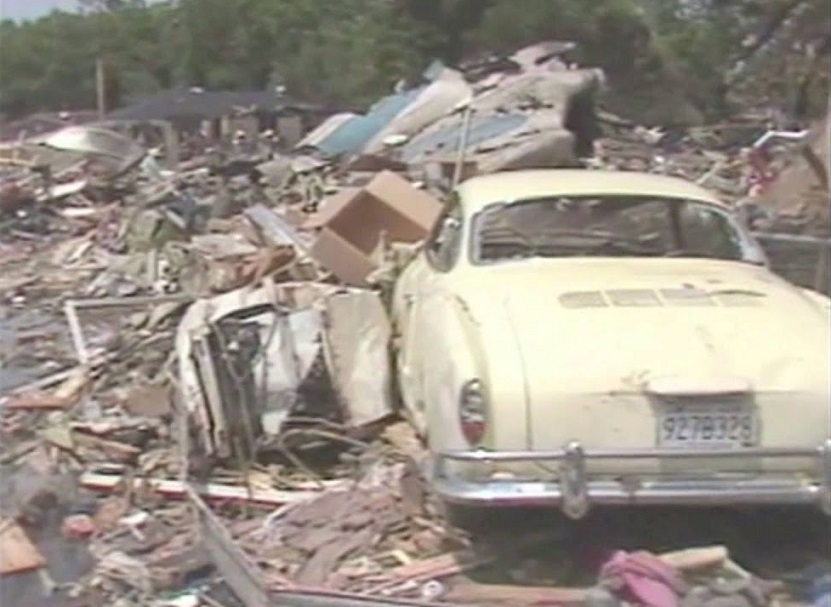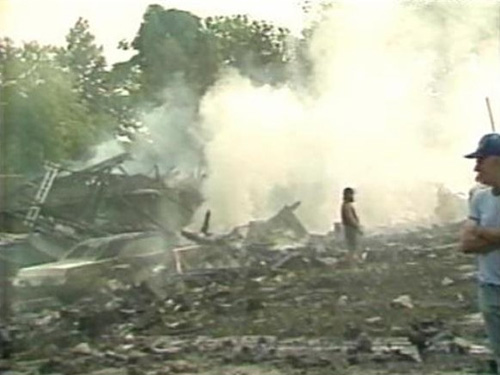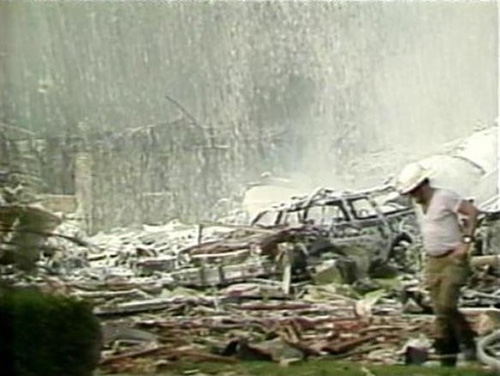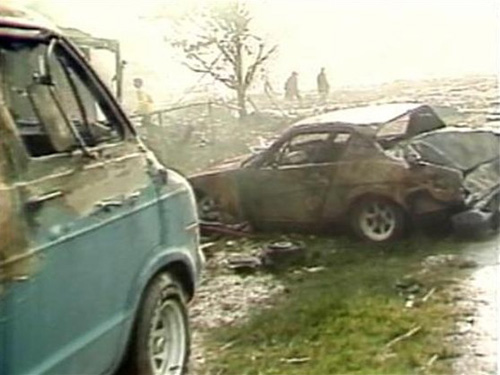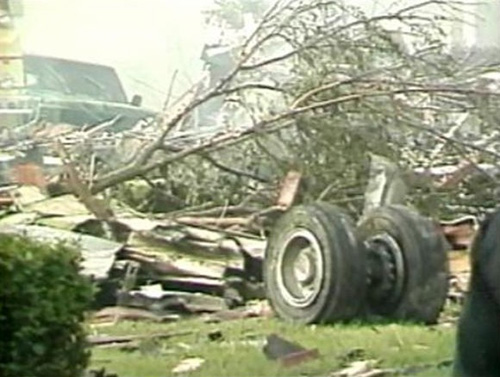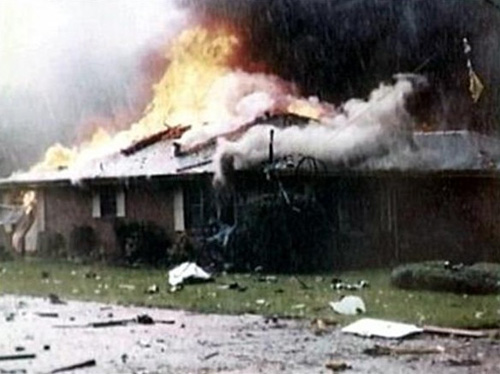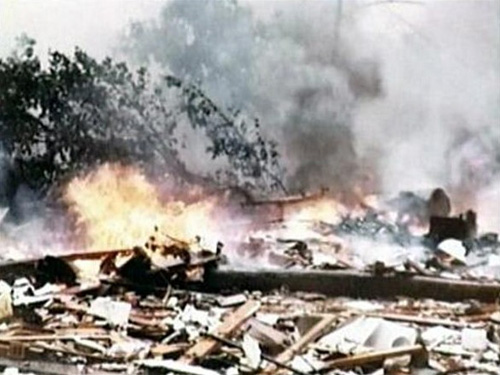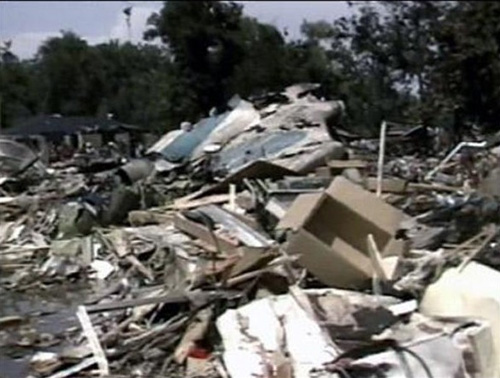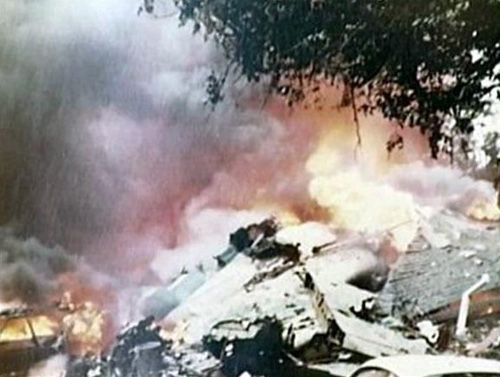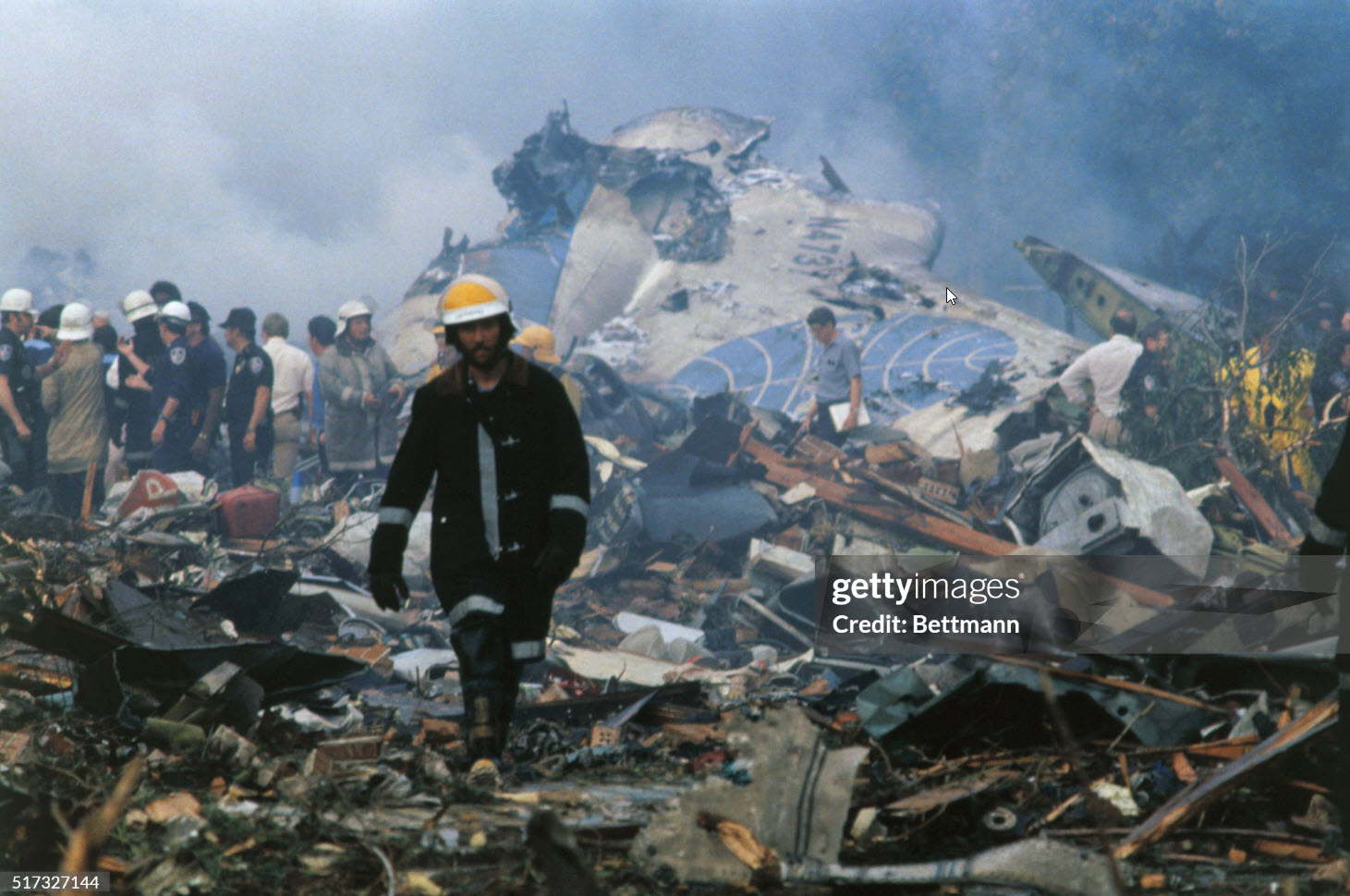Crash of a Douglas C-47A-70-DL in Mariquita: 5 killed
Date & Time:
Dec 12, 1982 at 1730 LT
Registration:
HK-2580
Survivors:
No
Schedule:
Mariquita - Mariquita
MSN:
19127
YOM:
1943
Crew on board:
4
Crew fatalities:
Pax on board:
0
Pax fatalities:
Other fatalities:
Total fatalities:
5
Circumstances:
The airplane departed Girardot Airport bound for Mariquita on a training flight. After the crew completed nine touch-and-go at Mariquita Airport, the crew took off for a new local circuit. During initial climb, the pilot-in-command initiated a sharp turn to the left when the left wing tip struck the ground, causing the aircraft to crash near the airport. The aircraft was destroyed by impact forces and a post crash fire and all four crew members were killed as well as one people on the ground.
